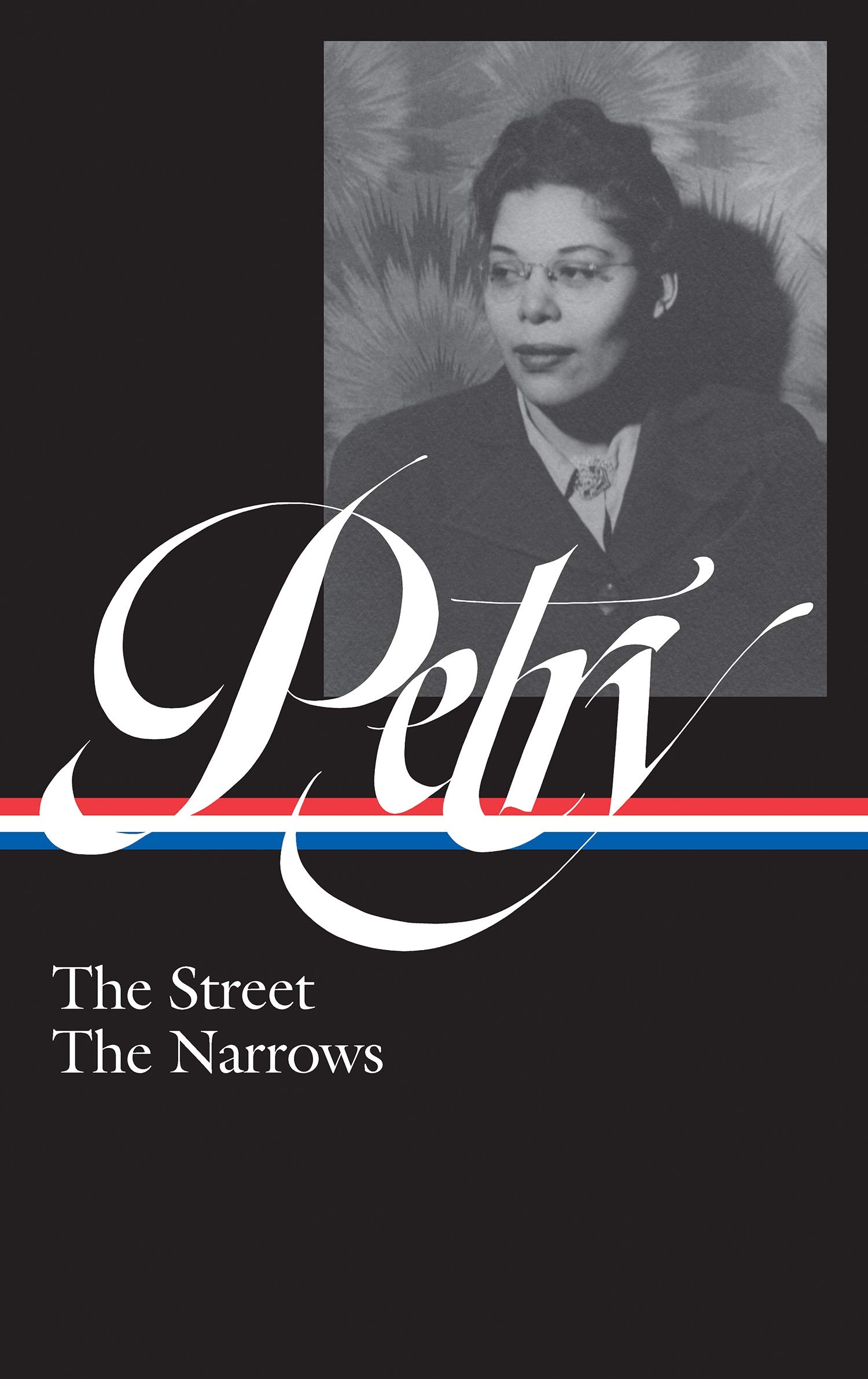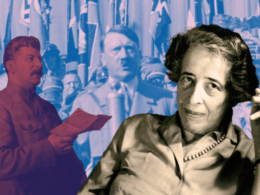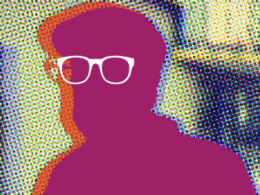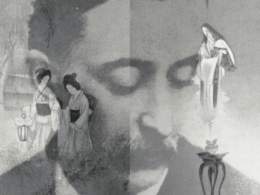A new author enters the Library of America series this month with the publication of Ann Petry: The Street, The Narrows, which restores one of the foremost African American writers of the past century to her rightful place in literary culture.
Petry’s debut, The Street (1946), was the first novel by an African American woman to sell more than a million copies and is still unsurpassed for its unblinking portrayal of the realities and challenges of black, female, working-class life. “To this day,” said Coretta Scott King, “few works of fiction have so clearly illuminated the devastating impact of racial injustice.”
Faced with newfound fame and unwanted literary celebrity, Petry returned to the relative quiet of her native Connecticut to write her most ambitious work, The Narrows (1953), a wide-ranging social novel provocatively centered on an interracial love affair between a young black scholar-athlete and a white fashion reporter and munitions heiress.
The Library of America volume also includes a selection of Petry’s never-before-reprinted essays on the art of fiction and the vibrant Harlem life that inspired her.
Volume editor Farah Jasmine Griffin is the William B. Ransford Professor of English, Comparative Literature, and African-American Studies at Columbia University. She has written extensively about Ann Petry, most recently in her 2013 study Harlem Nocturne: Women Artists and Progressive Politics During World War II.
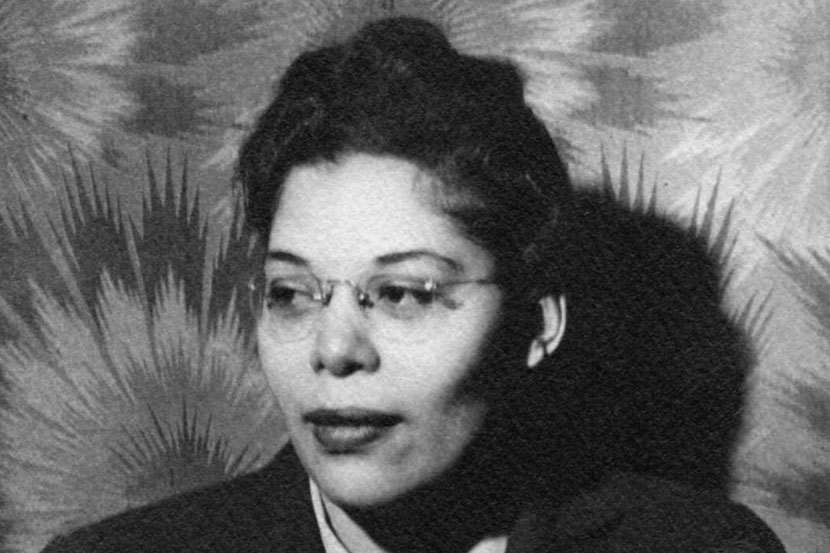
Library of America: Last year, in an appreciation of Ann Petry in The New York Times, Tayari Jones wrote: “I recently reread The Street and I just can’t figure out why this work is not more widely read and celebrated.” Comment?
Farah Jasmine Griffin: I share Ms. Jones’ astonishment. For decades now writers and literary critics from Gloria Naylor and others have championed Petry’s first novel and yet it remains underappreciated. I hope that this new Library of America volume will go a long way to help remedy that.
LOA: The Street famously became the first novel by a black woman to sell more than a million copies. More than seventy years later, can we guess at what drove those sales? And how is The Street likely to be received by first-time readers today?
Griffin: I’ve always thought that audiences of the time were primed for a book like The Street by the critical and commercial success of its predecessor, Richard Wright’s Native Son. Also, readers were familiar with Petry because she was an editor and columnist for an important Harlem newspaper, The People’s Voice, and she’d started publishing short fiction. And, at the time the publishers managed to market the book to a variety of audiences, both mainstream and literary, and it received a great deal of attention in the black press.
I think first-time readers today are likely to be struck by the power of its prose, moved by its protagonist, Lutie Johnson, who is still unique in American fiction, and taken aback by how much the issues of racism, sexism, and classism she faces resonate with our times.
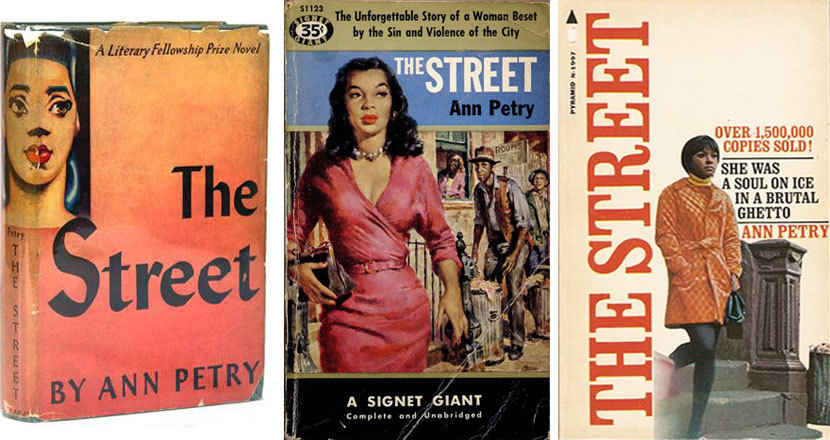
LOA: Petry left Harlem in 1947, when success was turning her into a public figure, and spent the rest of her life out of the limelight, in Old Saybrook. How do you think leaving New York affected her subsequent writing career—was it a factor in the relative invisibility Tayari Jones decried in her Times article, for instance?
Griffin: Petry wanted to escape the “celebrity” status she felt encroaching upon her as a private citizen and a rather solitary artist. Surely this impacted her fame, but I think even more so, it was sexism and changing literary tastes that most influenced her “relative invisibility.” The emergence of black male writers like James Baldwin and Ralph Ellison not only overshadowed her, but they also eschewed the social realism for which she had become known.
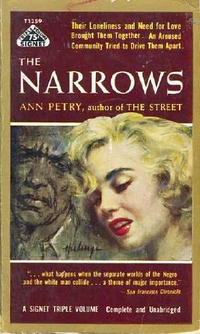
LOA: In The Narrows, Petry widens her scope even further than she did in The Street—through characters like the police chief and the newspaper publisher, the novel becomes a truly panoramic portrayal of American society. How well does it realize these ambitions, and do you see it as the equal of The Street?
Griffin: I think The Narrows is her masterpiece. It is her most accomplished novel. A singular work. In so many ways it precedes and sets the stage for later works by Toni Morrison, Gloria Naylor, and Alice Walker. Link Williams, the Robesonesque central character, is unlike any other we’ve encountered in African American fiction up to that point, and the novel is full of complex women, some of whom live by the politics of respectability, while others boldly defy any such strictures. With The Narrows, Petry not only takes on the taboo subject of interracial romance and the violence that too often follows it, but she also challenges the anti-Communist hysteria of the McCarthy movement, and portrays a heterogeneous black New England community, something that is still rare in American fiction.
LOA: The new LOA edition includes Petry’s insightful 1950 essay “The Novel as Social Criticism,” which you describe as “her most sustained critical statement” in your book Harlem Nocturne. Is it too simple to posit the essay as her rejoinder to James Baldwin’s critique “Everybody’s Protest Novel,” or was Petry responding to a larger shift in the culture, away from the kind of socially engaged art and writing that came in with the Depression?
Griffin: Although Petry was certainly aware of “Everybody’s Protest Novel,” in my opinion she was responding to a larger shift in the culture; Baldwin’s essay was a reflection of that shift even as it helped to shape it.
